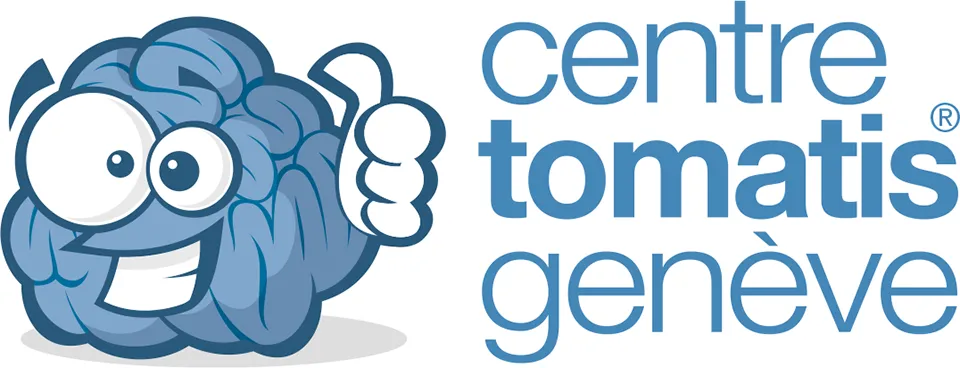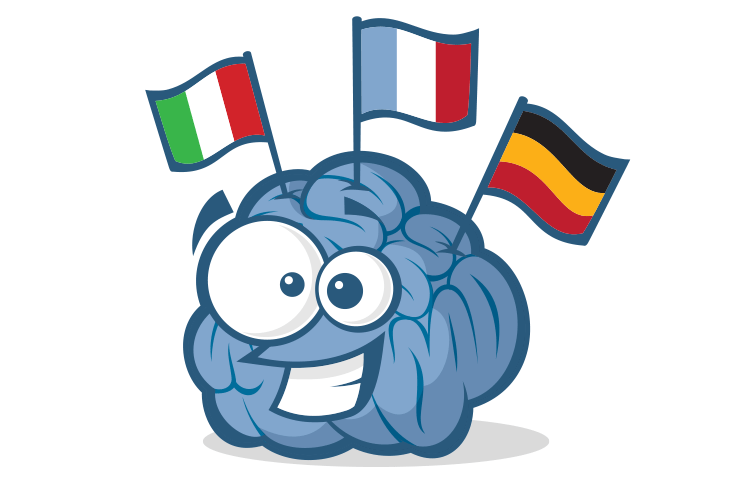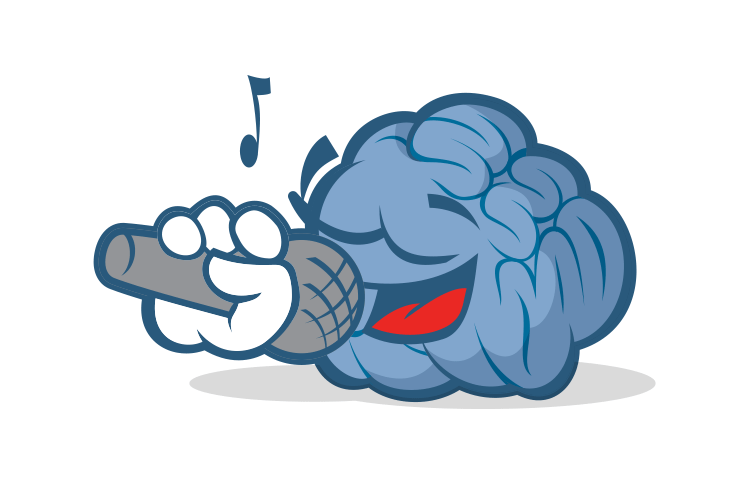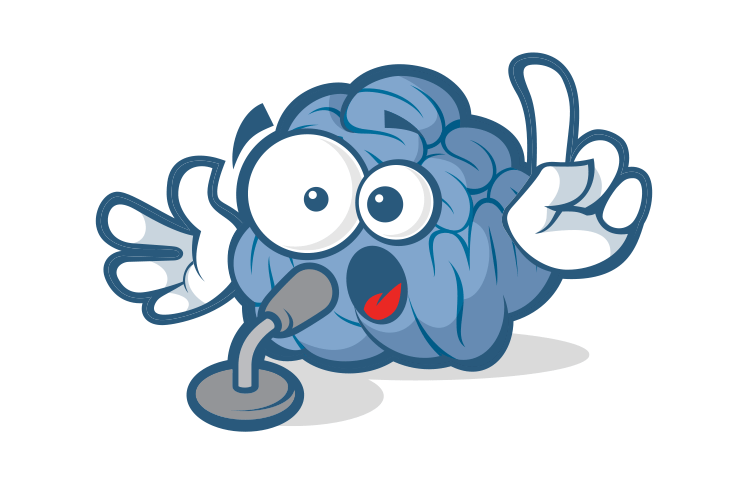Attention deficit disorders
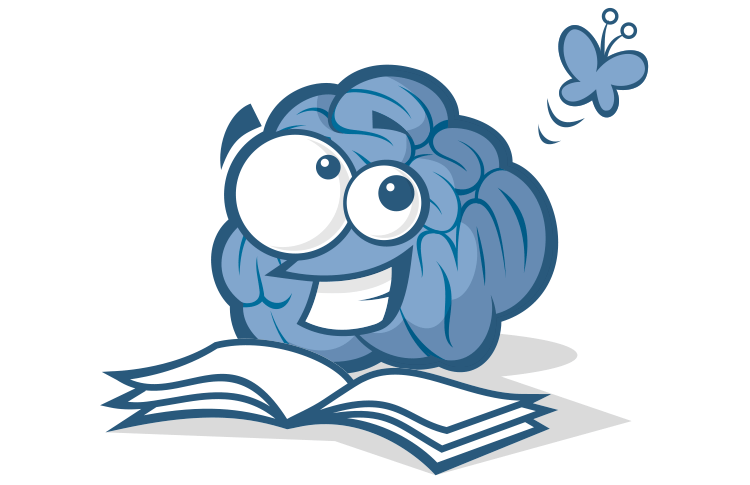

What is attention ?
Attention is the ability to focus on a specific task or source of information while disregarding others. It is a limited resource, and as such, it is important to be able to effectively divide one's attention between several sources of information.
Selective and divided attention
One modality of attention that can be used to divide attention is known as "divided attention." This refers to the ability to attend to multiple tasks or sources of information simultaneously. For example, a person might be able to listen to music while reading a book, or watch a movie while having a conversation.
Another modality of attention that can be used is known as "selective attention." This refers to the ability to selectively attend to a specific task or source of information while disregarding others. For example, a person might be able to focus on a specific conversation in a noisy room, or select a specific task to work on while multitasking.
Both divided and selective attention are important skills to have, as they allow a person to effectively navigate the constant influx of information and tasks in today's fast-paced world. However, it is important to note that divided attention can be more demanding than selective attention and may lead to decreased performance on one of the task.
This attentional modality, which is very costly on a cognitive level, constitutes, when it is deficient, a source of difficulty or considerable suffering for the child in a school situation.
To improve one's ability to divide attention, there are several strategies that can be employed.
Attention disorders
Attention disorders refer to a group of conditions characterized by difficulty in maintaining focus or concentration on a task or activity. The most well-known attention disorder is Attention Deficit Hyperactivity Disorder (ADHD), which is characterized by symptoms such as impulsivity, hyperactivity, and inattention.
There are a few possible reasons for this difficulty in regulating and controlling attention in individuals with attention disorders:
Imbalanced neurotransmitters: Attention disorders may be associated with imbalances in neurotransmitters, which are chemicals in the brain that help regulate attention and other cognitive functions.
Abnormal brain development: Research suggests that attention disorders may be associated with abnormal development of certain brain regions, such as the prefrontal cortex, which is involved in attention and impulse control.
Environmental factors: Exposure to certain environmental toxins, such as lead, or experiencing traumatic events early in life may also contribute to the development of attention disorders.
ADD and ADHD
ADD (Attention Deficit Disorder) and ADHD (Attention Deficit Hyperactivity Disorder) are both attention disorders, but they are characterized by different symptoms.
ADD is a form of ADHD that is characterized primarily by symptoms of inattention, such as difficulty paying attention to details, difficulty following instructions, and being easily distracted. Individuals with ADD may also have difficulty organizing tasks and activities, and may appear forgetful. However, they may not exhibit symptoms of hyperactivity or impulsivity.
On the other hand, ADHD is characterized by symptoms of both inattention and hyperactivity-impulsivity. Hyperactivity symptoms include fidgeting, squirming, and difficulty sitting still, while impulsivity symptoms include acting without thinking, interrupting others, and having difficulty waiting one's turn. Individuals with ADHD may have difficulty paying attention, following instructions, and staying organized, but they also display symptoms of hyperactivity and impulsivity.
It's important to note that the terms ADD and ADHD are not officially used anymore in diagnostic manual (DSM-5 and ICD-11), Instead the diagnostic manual use the term ADHD and indicate the subtypes, Predominantly Inattentive Presentation, Predominantly Hyperactive-Impulsive Presentation, and Combined Presentation.
ADD/ADHD as seen by Marine
Marine gave us her vision of ADD/ADHD a few days ago, I can't resist sharing it with you! "The brain is like a chest of drawers: full of drawers in which the information we learn is stored. Each drawer has a label so that we know what's inside and we can take it out when we need it. Well, at home there was a big gust of wind and all the labels are mixed up, the information I have, I just don't know where to find it !!!! "
Since when something escapes her, she thinks while tapping her forehead and says with a smile: "Wait, I have the label, just let me put it back in the right drawer!Source : https://www.tdah.be/tda-h/temoignages/temoignages-de-jeunes/
The Tomatis Method and attention disorders
In addition to its general cerebral stimulation action (known as cortical awakening), the Tomatis® Method can have a very positive action on selective attention. Indeed, the Tomatis® process is based on an electronic rocker which causes a sound contrast intended to constantly surprise the brain to keep it awake. The aim is to help it develop automatic mechanisms for detecting change, which in turn strengthens selective attention.
Results proven by science
The study "Early Effects of the Tomatis Listening Method in Children with Attention Deficit" by Dr. Liliana Sacarin was presented in 2013 to the Graduate Faculty of Antioch University Seattle.
The results of this study prove that children who follow a programme with the Tomatis® method obtain significant improvements in several areas, compared to those stabilised with ADD medication.
This study examined the early effects of the Tomatis® Method, assuming improvements in processing speed, phonological awareness, reading efficiency, attention, behaviour and brain physiology at the end of Phase 1 of the Tomatis® Method.
This study documented the effects of the first phase of the Tomatis® Method in children aged 7 to 13 years. Of the 25 participants, 15 received the Tomatis® treatment alone, 10 served as controls and were stabilised with ADD medication three months before and during the study. Therefore, this research study compared Tomatis® with a non-Tomatis® intervention, not with ADD treatment with Tomatis® intervention.
The Tomatis® group received 15 consecutive 2-hour sessions; participants received no additional vestibular or visual-motor exercises throughout the research.
The results revealed statistically significant improvements for Tomatis® compared to the non-Tomatis® group: the experimental group showed significant improvements in processing speed, phonological awareness, phonemic decoding efficiency in reading, behaviour and auditory attention.
The study concludes that the Tomatis method may be an effective treatment option for children with ADD.
Link to the study: https://aura.antioch.edu/etds/44/
What to do next?
It is important to note that attention disorders tend to respond better to treatment when the Tomatis method is combined with Giger MD therapy.
If you are seeking assistance, one option is to schedule a free initial consultation at the Tomatis® Centre in Geneva. During this meeting, we will evaluate your situation and, if necessary, refer you to a specialist for additional assessment. To further evaluate your condition, we may suggest undergoing an audio-psycho-phonological assessment at the centre using the TLTS (Tomatis® Listening Test System). This device allows us to gauge how the sensory-motor cortex processes and adapts to sound information. Based on the results of this assessment, we will be able to provide more information about your or your child's disorder and recommend an appropriate rehabilitation program.
